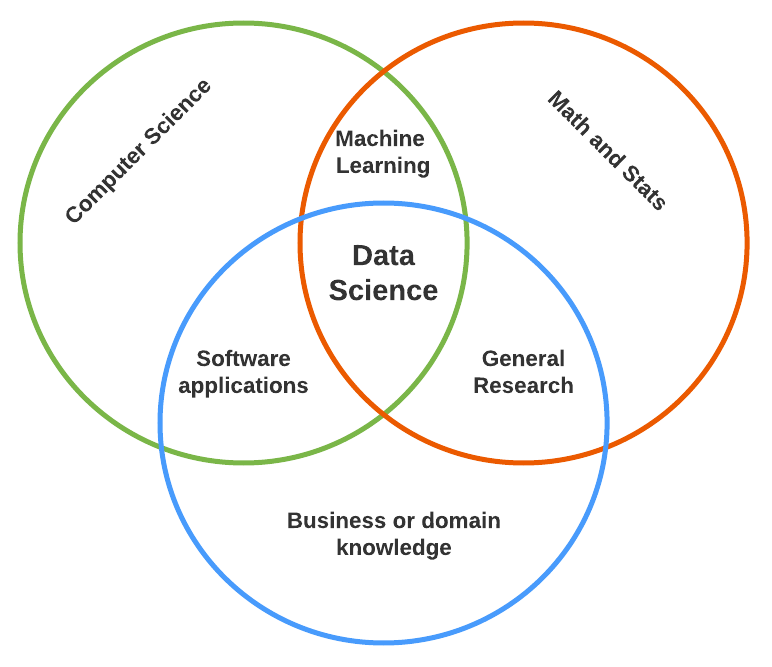You might be aware of the hype around Data Science, Big Data, Machine Learning, Artificial Intelligence, and Deep Learning. These are like the hot girls/boys that just moved into the neighbourhood and everyone is talking about them. Data Science specifically, was even dubbed the sexy job of the 21st Century by Karla Dondio. But quite a few can distinguish between these topics so we are going to unpack them and share our journey in a series of articles about how we will be implementing data science to drive decision making at Lepsta.
What is NOT Data Science...
Before talking about what Data Science (DS) is, I want to share my views about what Data Science is not. DS is not about programming, data visualisations or about building complex models. As long as you are able to use data to drive impact and to make better business decisions, that is Data Science. Python, R, Excel, SQL, Tableau, machine learning (ML) models and others, are tools and techniques to help you create that business impact. It doesn't matter which tool or technique you use , what matters is the ability to use data to solve business problems.
At Lepsta for instance, we've been collecting data about how developers perform their work on a day to day basis, how they collaborate, what frustrations they experience and how the Lepsta platform can potentially help them build quality software, fast. We did this through qualitative interviews and we would document all the answers on a spreadsheet, analyse the data manually or using basic Excel formulas to understand answers to our questions. I admit, this was more data analytics than science, nonetheless, we were able to use data to unearth some insights, validate assumptions and make sound decisions.
Now that we have that out of the way, let's answer the question of the day, what is Data Science and how is it different from Data analytics and ML.
Experts describe Data science as a multidisciplinary field focused on finding actionable insights from large sets of raw and structured data, it focuses on unearthing insights from data or questions you want to explore. Multidisciplinary? yes, data science is a combination of different fields. This venn diagram helps describe what makes up Data Science.

Data Analytics
Now, what is the difference between Data Science and Data Analytics. They both work with data, the difference is what they do with it. Data Scientists use techniques such as predictive analytics, statistics, and machine learning to forecast the future based on past patterns. For example, data science can be used in the stock market industry to determine if the next trade will be bullish or bearish, using historic data and other factors.
Data Analysis
While Data Analysts on the other hand, aim to extract meaningful insights from various data sources, examine large data sets to identify trends, develop charts, and create visual presentations to help businesses make more strategic decisions. For example, using analytics to determine why our sales are low this week and how can we use past data to forecast our sales.
In summary, A data scientist creates questions, while a data analyst finds answers to the existing set of questions.
Machine Learning
Machine learning on the other side, as the name suggests, uses algorithms such as neural networks to learn patterns, execute and improve them without any further programming. For example, machine learning can be used for facial recognition or to determine if people are wearing masks or not before gaining access into a building.
Conclusion
This field is really broad and in order to understand it you must take one bite at a time. Understanding how the topics, maths, stats, programming, ML etc work together to form DS is fundamentally important.
In the next article I will be describing DS hierarchy of needs and later describe the DS strategy that we will be formulating at Lepsta. Stay tuned.

